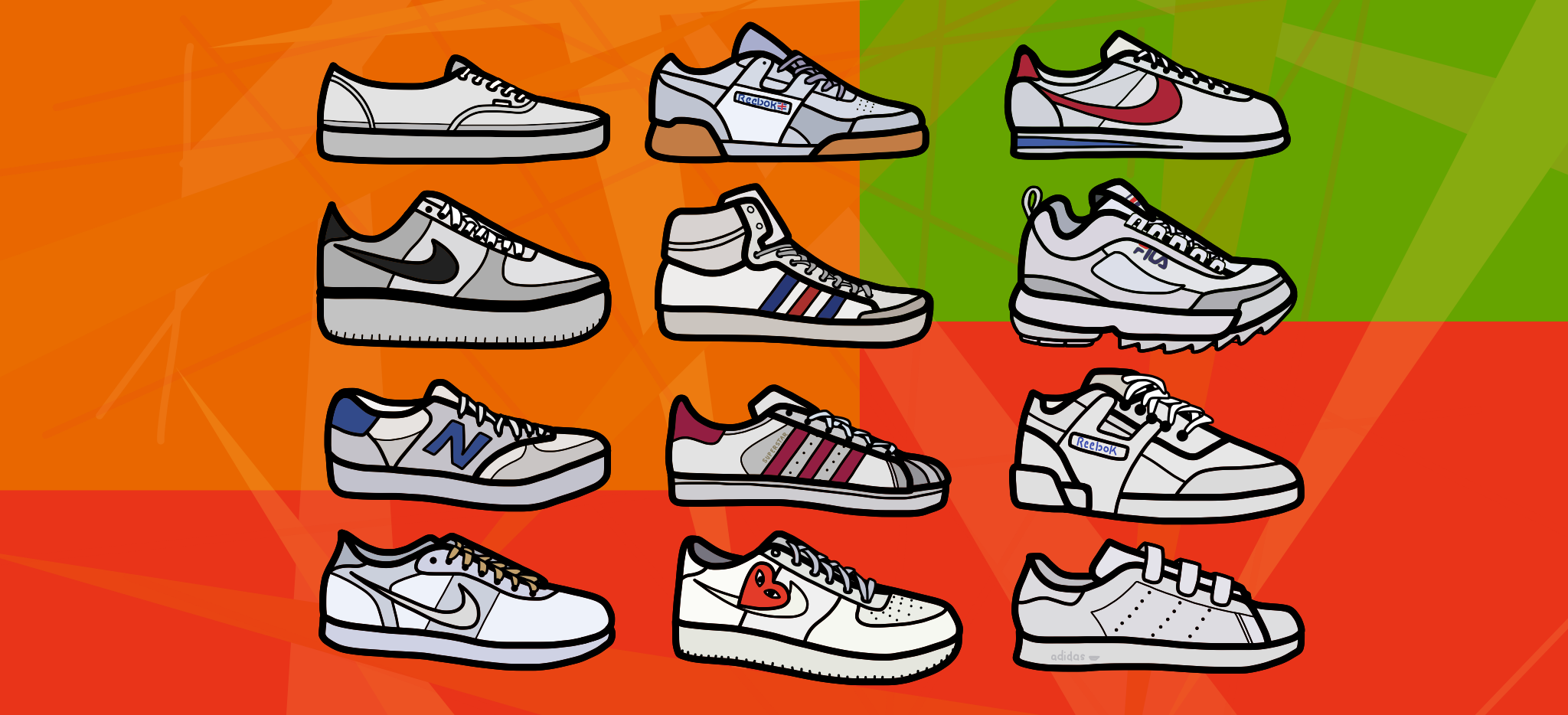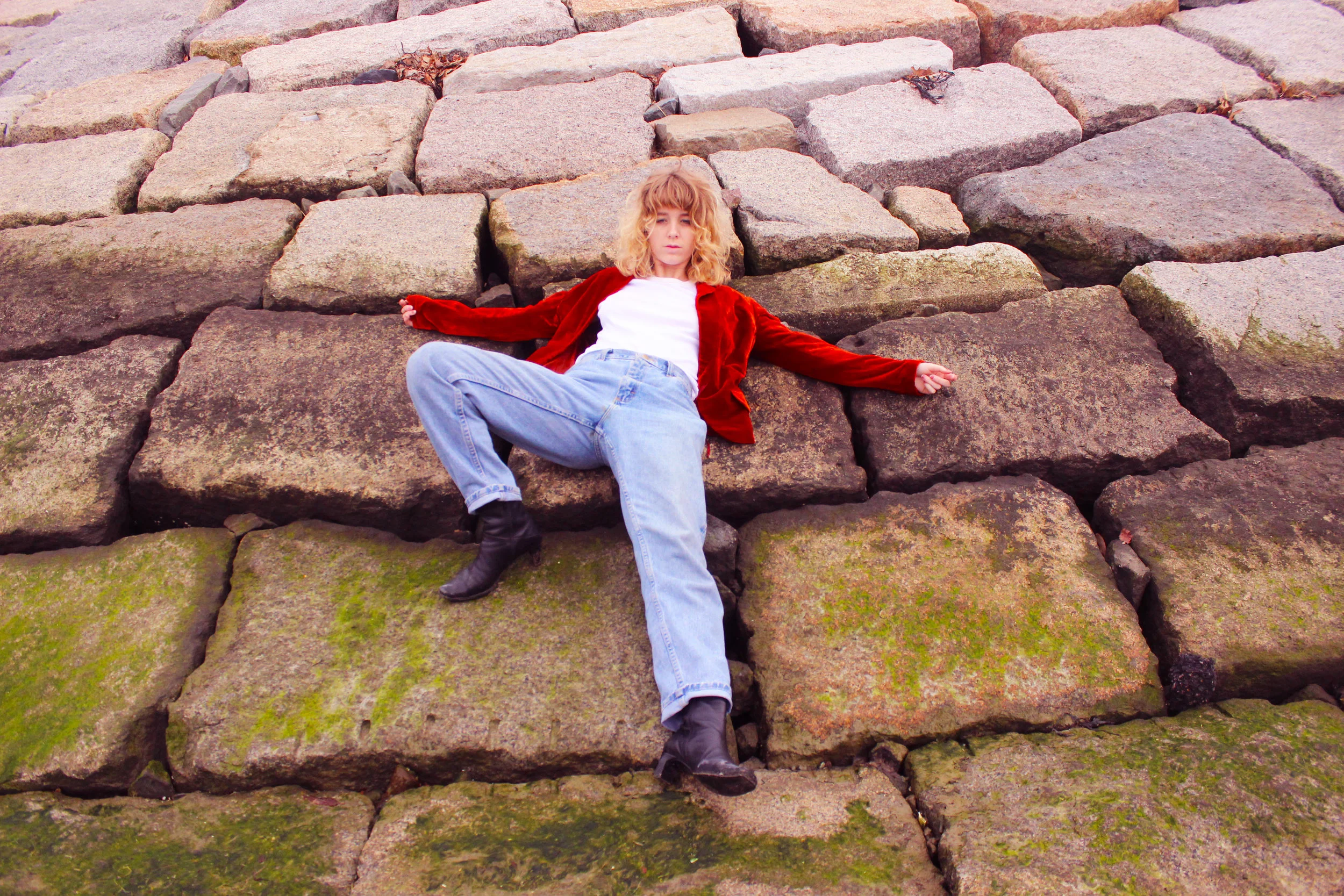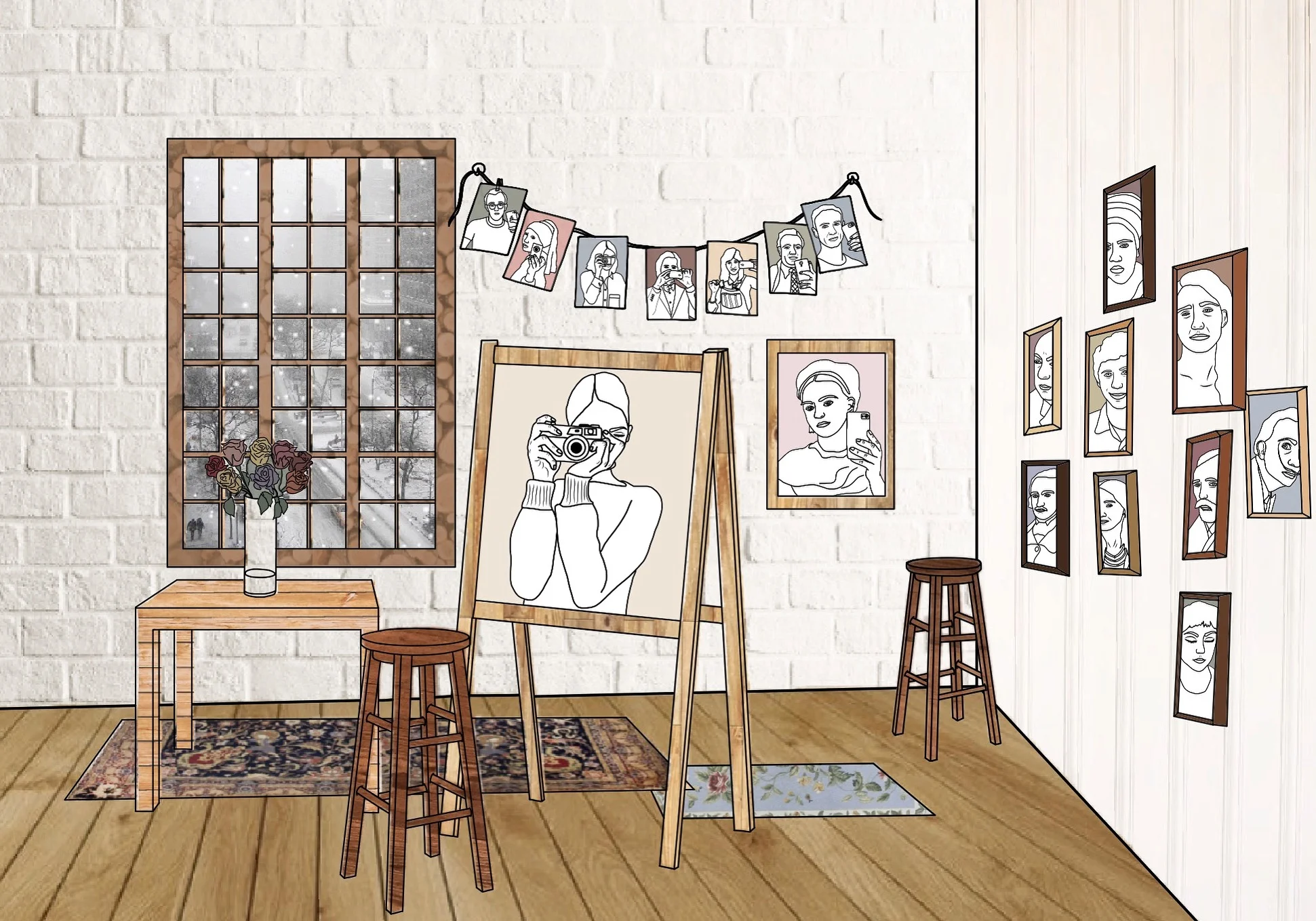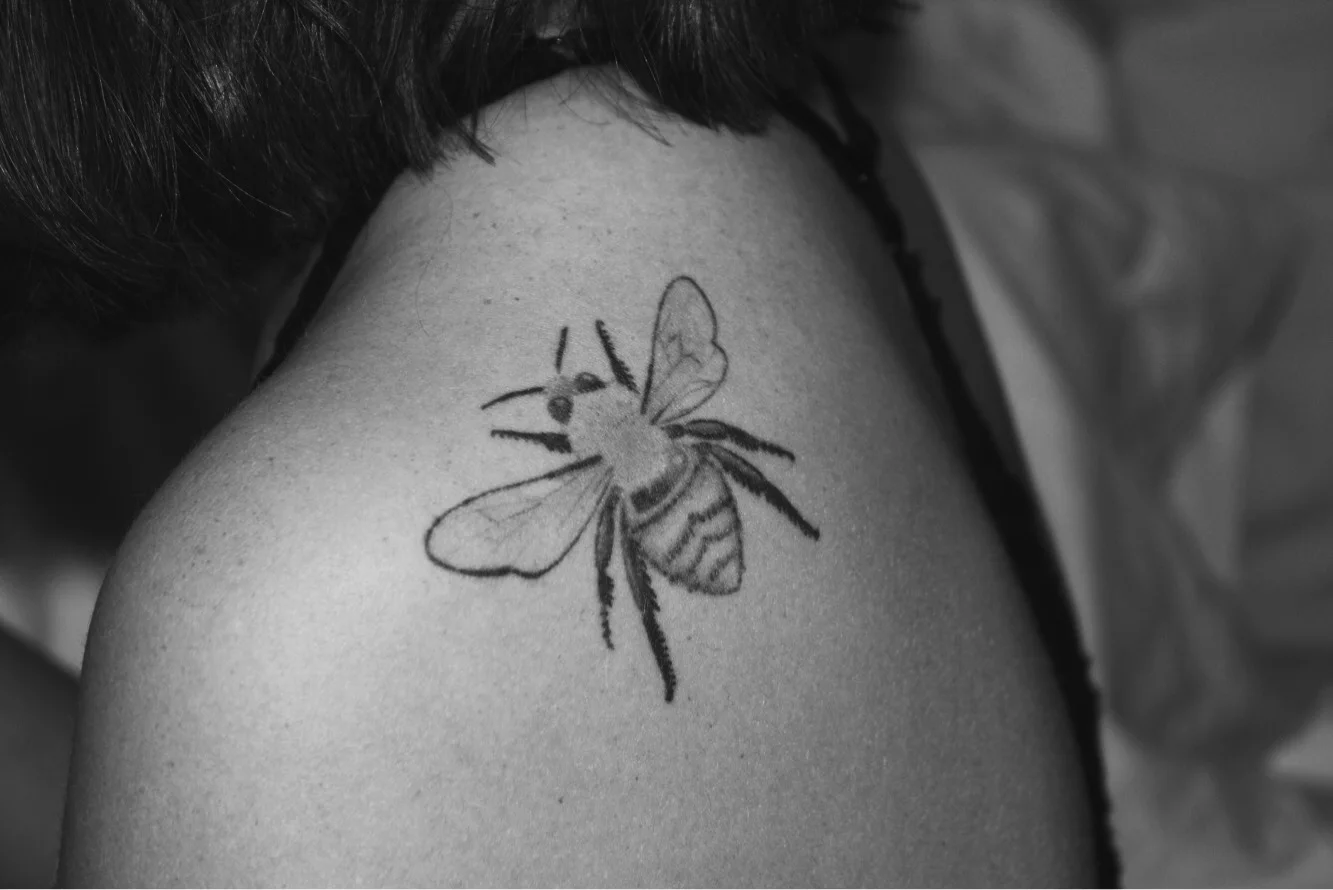We know the names: Amy Schumer, Lena Dunham, Shailene Woodley. We’ve heard them say ignorant things, both subtly and sometimes not-so-subtly, and yet, they are still getting jobs, still famous with millions of fans, and still saying ignorant things. At what point will we start holding our favorite entertainers to the expectations we would hold our own friends to? Yes, you can respect someone’s talent without respecting their ideals, but when we find ourselves in this debate specifically pertaining to those with celebrity status, the question changes from, “Can we look past a not-so-perfect personality and respect artistic talent?” to, “Who do we really want to give a platform to?”
With the rise of social media, being a celebrity today comes with way more responsibility than it used to. Brands are beginning to hand-pick models, actors, musicians, and athletes to represent their clothing, products, or just overall vibe, and for not just their looks, but for what they represent as an individual. Trans supermodel-on-the-rise Hari Nef was chosen in 2015 to represent a gender-neutral pop-up shop in Selfridges called “Agender,” and was also cast in a campaign for H&M-owned brand, & Other Stories, that featured a full cast and creative team of trans individuals. She also continued her acting career (the 24-year-old is a theater graduate from Columbia University) when she was cast in the second season of Amazon Prime’s Transparent, a show revolving around a family who’s father comes out as a transgender woman. Recently she’s made headlines as the first transgender model featured on the cover of Elle Magazine, the first trans woman featured in a L’Oreal campaign, and has been featured as a favorite in shoots and runway shows for brands like Gucci, Eckhaus Latta, Hugo Boss, and Vejas. Nef’s popularity is not only due to her spunky-sultry, soft, but androgynous looks, but also the way she has used her rising fame in the fashion world as an outlet to speak out about trans rights and representation, overall issues of diversity in the modeling and fashion industry, and simply the way that our society views “minority success stories” as something to be gawked at in awe. A triumph for activism! Now we can sit back and relax.
No, we can’t relax. It’s never the time to get lazy about representation. And for those in the spotlight, knowing that your words will reach exponentially further than the voices of others who are fighting for change, means you hold a responsibility to keep yourself informed. Nef is a prime example of someone who is using their air time or online space to bring important issues to the forefront of their industry, forcing brands and professionals to confront the problems and take a stance.
Nef’s candid opinions of society and her trailblazing role in the fashion industry make Amy Schumer’s claim that her racist jokes are okay because she plays a “dumb white girl character” on stage seem ridiculous and lazy. The biggest issue with celebrities like Schumer are that women around the world see her comedy and say, “Wow, she’s so likable and funny, I relate with all of her jokes, we would be best friends.” From there, Schumer gathers an alliance of women who relate to her and support her, and will keep supporting her, until they really, really can’t excuse her bullshit anymore. People are really ready to support and lift up someone who seems like them and is also successful, and in many cases, forgive them for being a half-there activist or just a lousy human. Not to say that people can’t make mistakes and grow from them, but a meager apology, in many well-liked celebrities’ cases, is all it takes for loyal fans to excuse someone who uses their time commercializing on stereotypical rhetoric and shutting down the voices of others.
These issues are complicated and activism surely isn’t easy, but it’s vital for us to support people that speak for us, and for everyone else who doesn’t have a voice. If we chose to only raise up voices of change with our money, likes, time, and conversation, we can begin to redefine the type of people who gain success in our world. This is how society is shaped, and we all have to play a role. We have to hold our icons to a higher standard, and hold ourselves higher. So make 2017 more than just your activist awakening, make it the year that you ditched your #problematicfave in exchange for someone who stands for what you do.
Text and image by Carina Allen



























































